On September 4, the Abu Dhabi police successfully rescued a driver from a life-threatening situation caused by a malfunctioning brake while the car was in cruise control at a speed of 130 km/h on the highway, according to Khaleej Times. Nowadays, as the cruise control feature becomes increasingly popular, system failures can occur and anyone can find themselves in a similar situation while driving at high speeds.
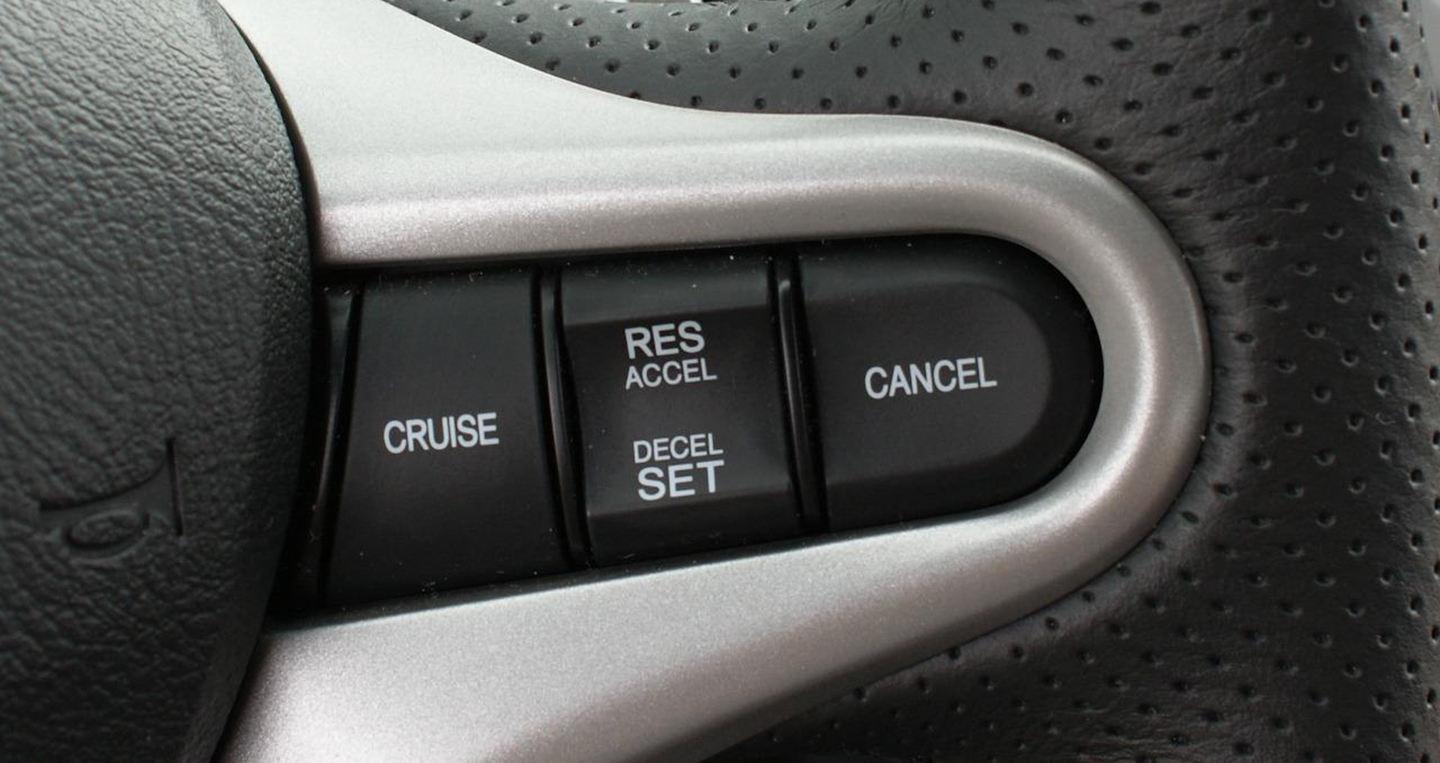
On their Instagram account, the Abu Dhabi police emphasized the importance of the driver remaining calm, fastening their seatbelt, turning on the emergency lights, and calling for rescue to describe the situation in detail. Two months ago, a woman also found herself in a similar situation in the city of Umm Al Quwain in the UAE and was also promptly assisted and brought the car to a safe stop.
Here are the steps a driver should take when facing a cruise control malfunction, meaning that you activate Cruise Control but it cannot be deactivated (canceled) when necessary, similar to a stuck accelerator situation.
Case 1: The brake system is still working
If the brakes are still functioning and pressing cancel does not deactivate the cruise control, the driver simply needs to shift the gear to neutral (N) and then slowly apply the brakes to reduce speed. When in N, the transmission disconnects from the engine, rendering the cruise control ineffective.
Case 2: The brakes are malfunctioning
If the cruise control cannot be deactivated and the brakes are not functioning, the driver needs to take additional steps, but they are not overly complicated.
1. Shift the gear to neutral (N).
2. Slowly pull the handbrake.
It is important to note that the handbrake should be pulled gently and evenly because doing it too quickly and forcefully can cause the car to slide and lose control. The driver should always keep one hand on the steering wheel.
3. If pulling the handbrake also does not have any effect and the car cannot stop, the driver needs to continuously shift the gear between N and D to take advantage of the slowly decreasing speed.
Cruise Control is only activated within a certain speed range (for example, above 40 km/h), so simply reducing the speed below that threshold will render the system ineffective.
Immediately after reducing the speed, calmly pull the car to the side, call for assistance if the brakes are malfunctioning. If only the cruise control is malfunctioning, you should discontinue using this technology and continue your journey.
Do not turn off the engine as it also means losing power steering and shutting off all electrical systems, including brakes, in most modern car models. When power steering is lost, the driver may lose control of the car. However, turning off the engine can be used as a last resort measure if the car is traveling on a straight, long, and empty road.
Cruise control technology was developed to help drivers have a more relaxed journey on the highway at a steady speed, without having to keep their foot on the accelerator. The basic working principle of cruise control is that the car will automatically maintain the speed even if the driver does not press the accelerator.
When this feature is activated, the driver only needs to focus on steering and be ready to step on the brake pedal. When encountering obstacles, the driver simply presses the brake and the cruise control is automatically disabled, returning to normal driving state.
Using cruise control properly can significantly save fuel consumption due to reduced throttle input.
According to My Anh (Vnexpress)




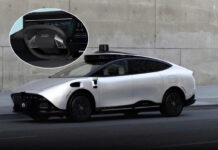




















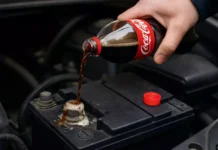
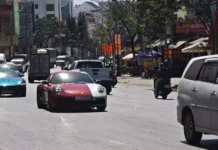
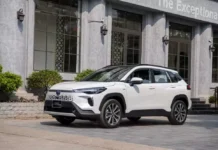

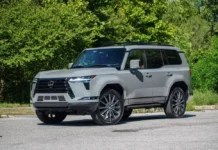










![[CAR REVIEW] 2022 Range Rover Evoque: A True Symbol of Luxury and Prestige](https://vnauto.net/wp-content/uploads/2024/02/Xehay-RREvoque-23082022-17-100x70.jpg)
